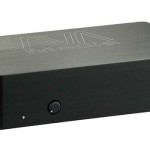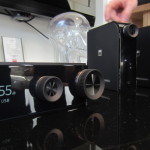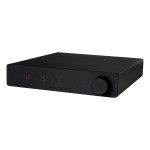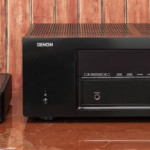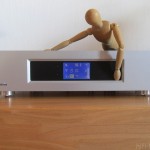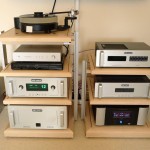As I’m not only a geek when it comes to programming languages, but also when it comes to hi-fi systems I’m very happy about all this new “direct digital” D-Class amplifiers out there. They are smart, small, beautiful and green, an they compatible to the girlfriend you might have 😉
How do they look like compared to the old hi-fi amplifiers? There is a small gallery:
My favourite is the NAD D 7050, but I will come late to this device. The reason why they are so small is the market. Ten years before a hi-fi rack must be huge and full and heavy: “Real man equipment!” Nowadays the younger people relay on there headphones, smartphones and tablet pc. Streaming becomes more important than turn tables, a cd-player or traditional radio. That means the source of music has changed – it’s now a smartphone or a media server (Notebook?).
So let’s remove all these systems we no longer need from the hi-fi rack and we will only see an integrated amplifier there.
In the old days we used analog input signals. The most people also did it with the cd-player too. But what usually happens inside of an amplifier? The analog signal will be converted to a digital signal, than the signal will changed by the volume control, equalizer or some sound improvement DSPs and converted back to an analog signal which will be amplified. Of course, we need an analog signal at our loudspeakers, but with (highly efficient) D-Class amplifiers we can simply use the digital signal to drive the amplifier. This helps reduce noise and distortions to a minimum.
On the input side: should we really convert our digital signals from the smartphone to an analog signal to convert it back to a digital signal as soon as it lefts the (chinch) cable? So what direct digital means is taking an digital input signal (bluetooth, music stream, music files,… ) without any converting to an analog signal, using the integrated DSPs for volume control and so on, and using it as an input signal for the D-Class amplifier. The very last step is to convert it back to an analog signal for the loud speakers.
This results in a clear, warm and crispy sound with high dynamic and absolutely no noise except from the breath of the singer into the microphone.
While I was writing this post I heard Katie Meluas beautiful song “Moonshine” . 😀

